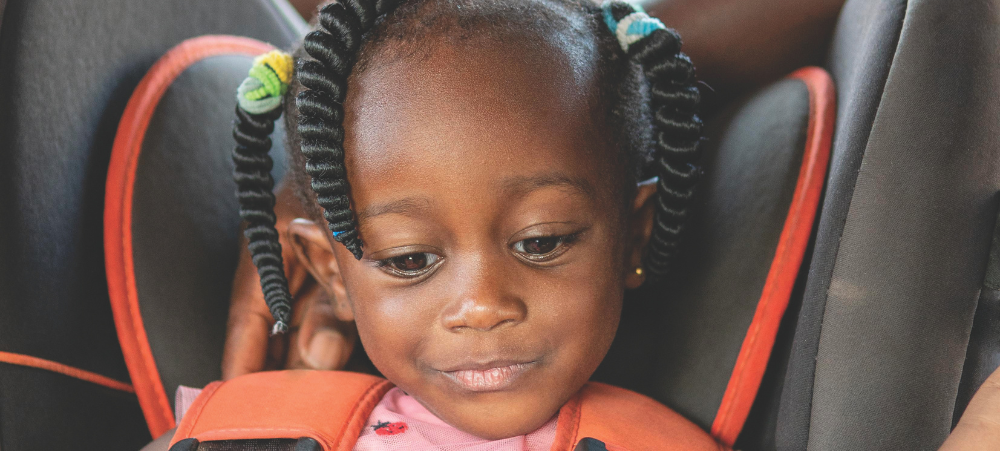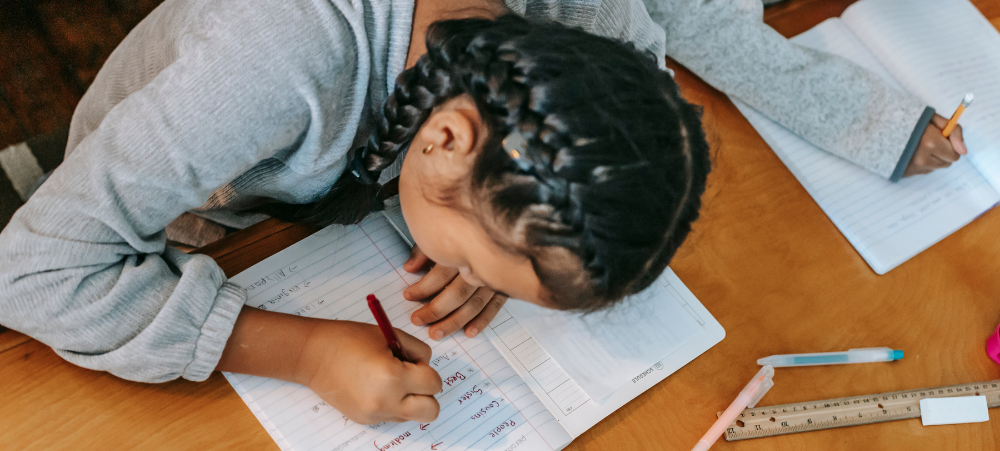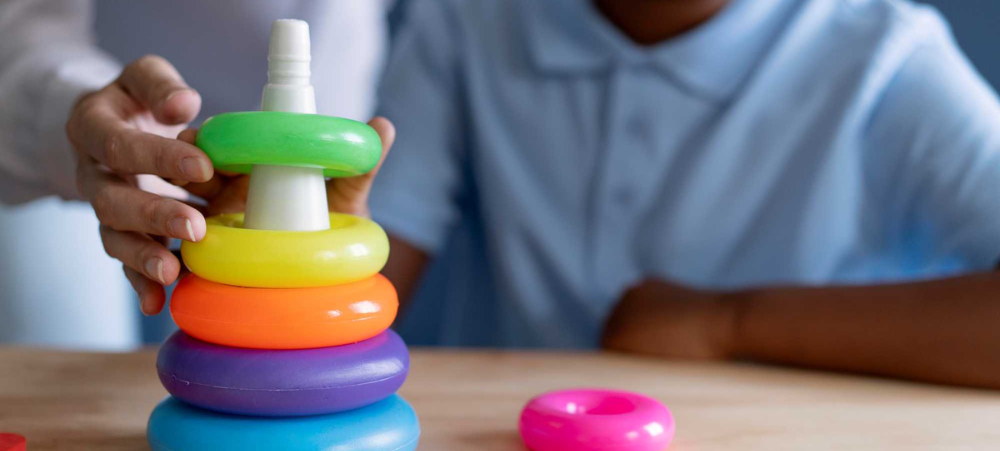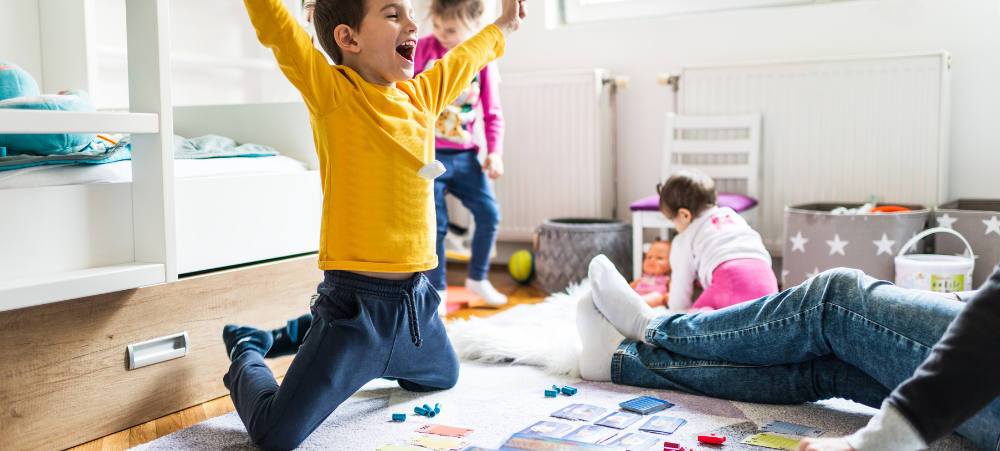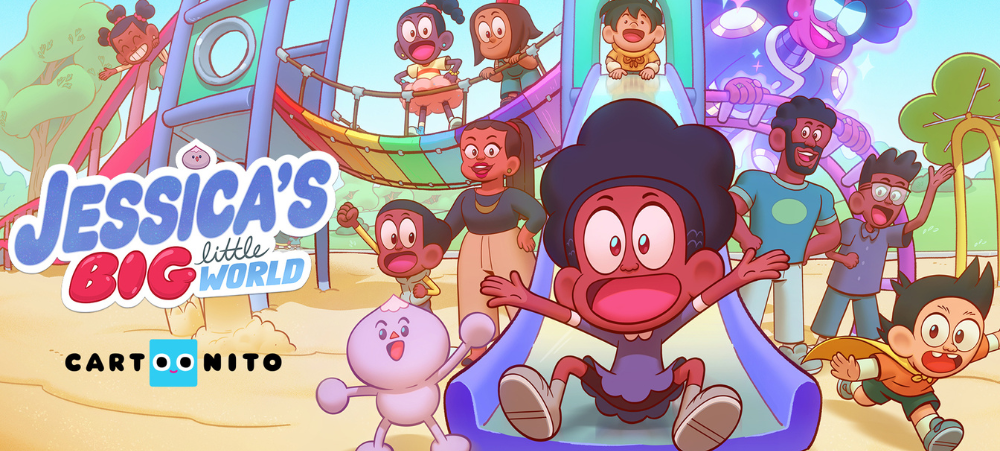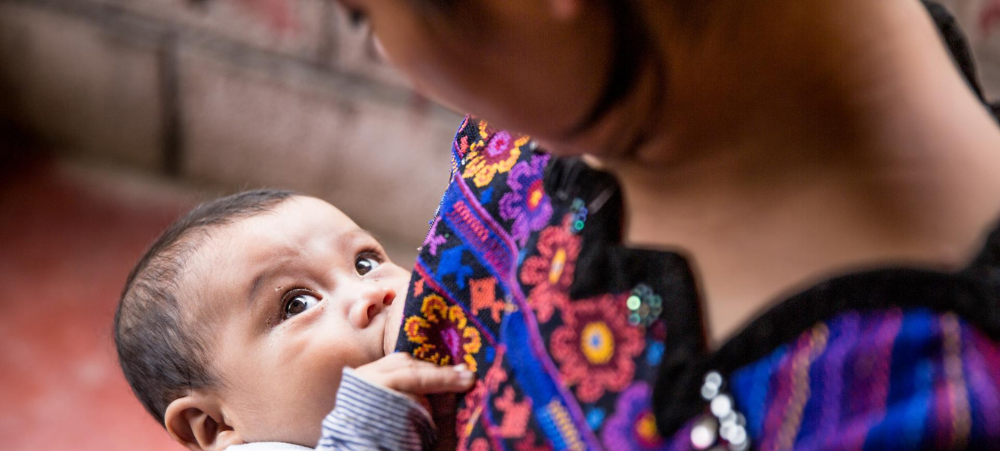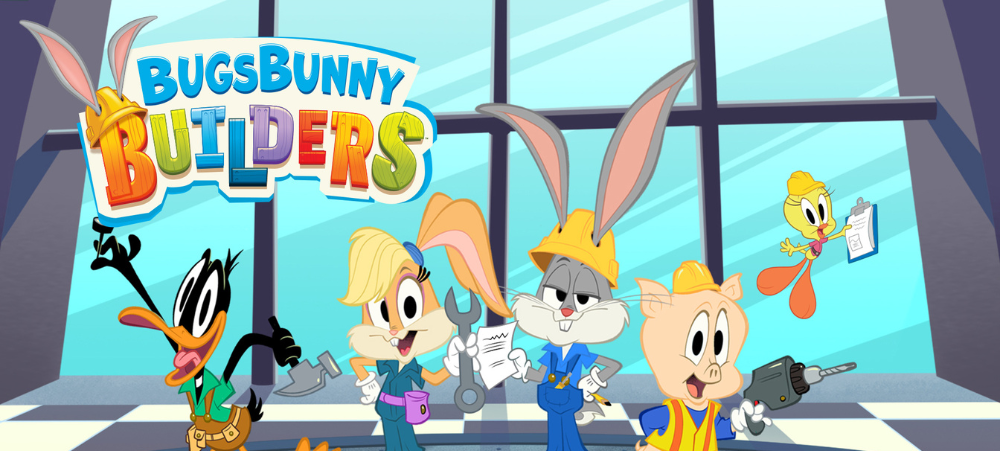
Seven tips for supporting your child to develop a love for reading
As well as providing children a window through which to explore their imaginations, reading books allows for the development of essential skills for school and later life. These include comprehension, a wider vocabulary, increased concentration and self-motivation, an awareness of the world around them (particularly if they are interested in non-fiction), and higher levels of empathy and emotional intelligence through relating to the characters they encounter in their favourite books. Some children have a natural interest in reading – they will happily nestle down and read a book of their choice. Christopher Melrose, Deputy General Manager of Kumon Australia & New Zealand, recalls that he was such a child. “I used to enjoy reading the Doctor Do-Little series, and a series called The Three Investigators, about three young boys who solved crime mysteries”, Christopher says. “There was a book by Gerald Durrel called, My Family And Other Animals, which I loved. It was set on a Greek island named Corfu”. “I also used to get given our school textbook list at the end of the year. I remember I was always really excited on the day that I received all my school books [and] I’d actually read all of the novels that were on the reading list for that year. I wasn’t doing it to get ahead or for academic reasons; I just liked reading”. Now Christopher is adamant about encouraging children to read for enjoyment, both for children who are naturally inclined and those who might be a bit more reluctant. Below, we provide some solutions for parents who want to see their children develop a love for reading. When they are young, read aloud with your child Children are never too young to be exposed to reading. Reading aloud to your children introduces them to the beauty of language. When your child observes you reading, they will follow your example and in time, will start to read on their own. We recommend you spend 5-10 minutes reading a book to your young child every day. When reading aloud, make it fun When reading together with your child, let them hold the book. It’s often easier to sit behind your child as they do this. Make sure you read with lots of expression. Put on different voices for book characters – the more fun you make it, the more they will develop a love of books and reading. Before reading a book aloud for the first time, it is best to read the book to yourself first. This will allow you to add more expression when you read it to your child. Establish a routine for reading We highly recommend creating a reading routine. For example, 10 minutes reading before school or at bedtime will demonstrate the importance of daily reading. You may like to schedule in regular visits to your local library to attend events such as story times that promote reading together with your child. If your child is reading independently, spend time at the library or bookstore (or even online for e-books) choosing books together. You can then read passages from each other’s selected books to share the excitement and love of reading. Choose books that are appropriate for their current ability As your child reads, always keep in mind whether the book is suitable for their ability. If your child is having trouble reading a word, simply tell them what the word is so they can continue reading. If they are making many mistakes and losing enthusiasm for the book, it may be best to choose an easier book instead. Visiting Kumon’s Recommended Reading List could be a helpful first step in choosing the most appropriate book: https://www.kumon-english-rrl.com/ When they are ready, encourage your child to read a wide-range of books Children can be encouraged to read on their own at any age. Most children will develop a strong reading habit and love for reading when parents actively read to them from a young age. Reading a range of books broadens knowledge and interest in further learning. Consider recommending not only fiction but non-fiction books for your child to read. This will broaden their knowledge of particular topics. Turn reading into a family activity Be sure you ask your child to describe to you their favourite part of the book they are currently reading. Some families have special book-reading times where all family members sit together and quietly read their own books. This is often followed by a few minutes of discussion. Seek out reading opportunities that go beyond books When visiting public spaces like museums or parks, draw your child’s attention to the great variety of information that can always be found at such places. This helps link reading to real life. The Kumon English programme aims to foster a love of reading and learning in every child. To find out more about what Kumon has to offer, visit www.kumon.co.za. This article is courtesy of the Kumon Australia website* __________________________________________________________________________________ * https://au.kumonglobal.com/seven-tips-for-supporting-your-child-to-develop-a-love-for-reading/




